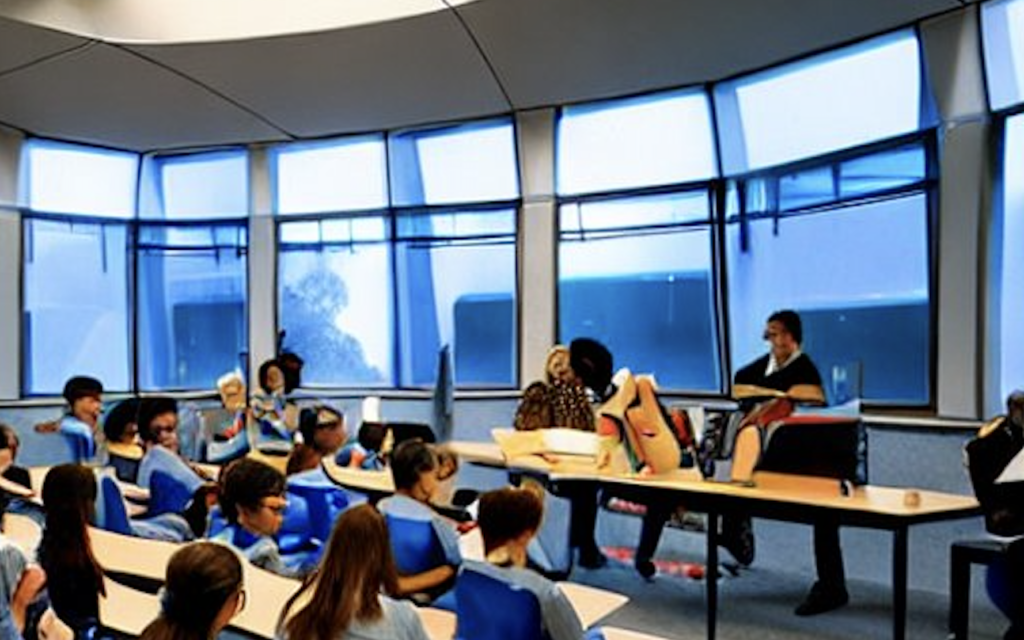A chatGPT Experiment

As educators, it is our responsibility to create an environment that supports student learning. However, the question of how to effectively convey information remains a challenge. Should we rely solely on lectures, or should we incorporate active learning activities into our teaching methods? The answer, as is often the case, lies in finding a balance between the two.
The limitations of working memory
John Sweller, a renowned educational psychologist, has studied the limitations of our working memory and how it affects learning. He suggests that cognitive overload, or the overloading of information into the working memory, can have a negative impact on learning. This is because the working memory is only able to hold a small amount of information at a time and can easily become overwhelmed.
Incorporating active learning activities
To avoid cognitive overload and promote effective learning, Sweller recommends incorporating active learning activities into the classroom. By dividing content into smaller blocks and allowing students to appropriate the information through hands-on activities, we can reduce the amount of information being processed by the working memory and facilitate its transfer to long-term memory.
Cognitive Load Theory, another concept developed by Sweller, further supports the idea of dividing content into smaller chunks. It suggests that knowledge should be organized in a way that allows short-term memory to process the information, leading to better retention and understanding.
Lecture vs. active learning
While lecturing is a traditional and important aspect of teaching, it can also be a passive learning experience for students. By incorporating active learning activities, we can engage students in the learning process and promote a deeper understanding of the material. This can be achieved through activities such as discussions, debates, role-playing, or problem-solving exercises.
The author, a professor from the University of Guadalajara in Mexico, has found success in combining lecture and active learning in his own classroom presentations. By including slides every few minutes that launch a question or spark discussion, he creates opportunities for students to engage with the material and process it into their long-term memory.
In conclusion, the key to effective learning lies in finding the right balance between lecture and active learning. By understanding the limitations of working memory and incorporating active learning activities, we can create a dynamic and engaging learning environment that promotes meaningful learning. As educators, it is our responsibility to continuously strive for improvement and find new ways to support our students’ success.
This post was generated by ChatGPT using a few notes from my "Educational Multimedia" class as a prompt. The image was generated by StableDiffusion using the prompt: "A futuristic classroom with a teacher lecturing at the front of 18 undergraduate students participating in class activities. the classroom has many windows through which you can see nature. Use a cinematic photorealistic style"